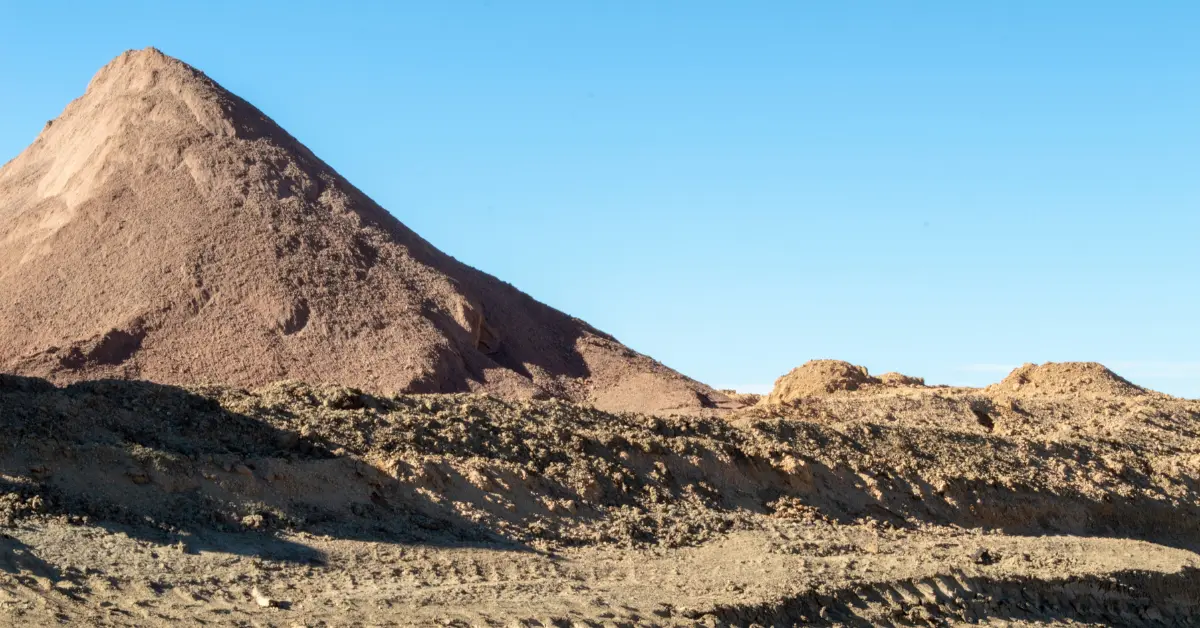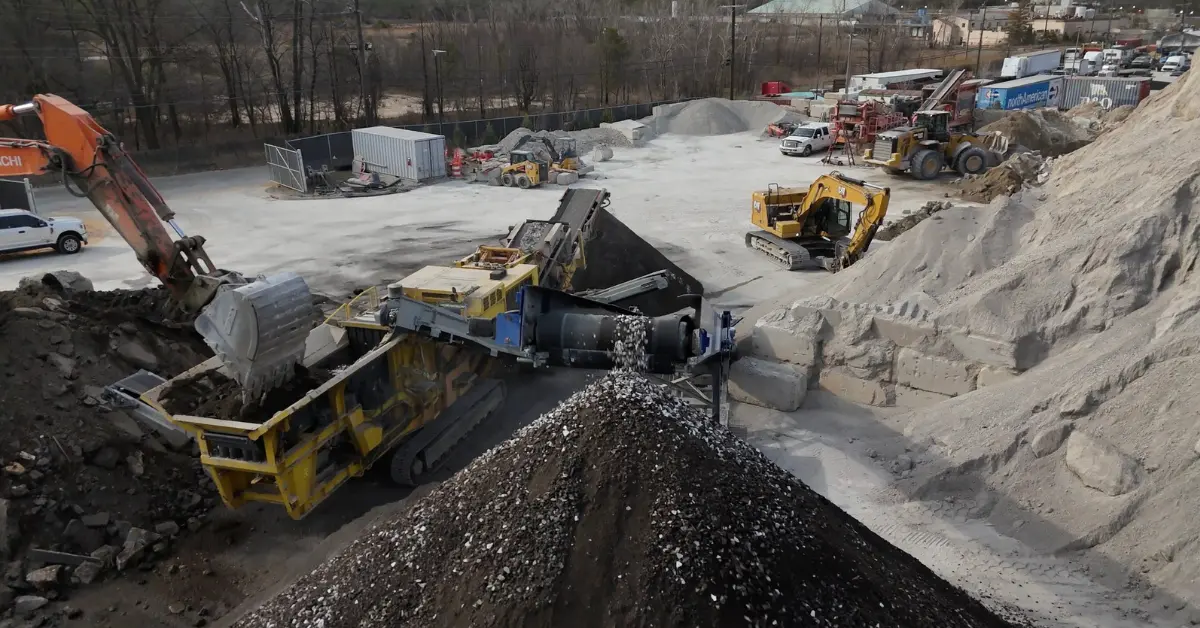
From laying building foundations to filling garden beds, fill dirt is the backbone of countless projects. Yet not all fill dirt is created equal. A critical choice project planners face is screened vs unscreened fill dirt. In simple terms, screened fill dirt has been sifted to remove rocks, clumps, and debris, whereas unscreened fill dirt comes straight from excavation with all its natural contents intact. Using the wrong type can lead to complications. Imagine a patio settling and cracking due to voids left by large rocks or drainage issues caused by improper soil composition. In this article, we’ll explore the key differences between screened and unscreened fill dirt and outline the screened fill benefits as well as situations where unscreened fill may be sufficient.
Understanding Fill Dirt and Its Properties
Fill dirt is essentially the layer of subsoil beneath the topsoil, distinct because of what it lacks and what it contains. One of the key fill dirt properties is the absence of organic matter. Unlike rich topsoil that’s full of decomposing roots and leaves, fill dirt is mostly made up of inert materials like clay, sand, and small rocks. Because there’s nothing to rot away, fill dirt doesn’t undergo the settling that topsoil might when organic matter breaks down. This makes fill dirt far more stable for building up ground levels or filling voids.
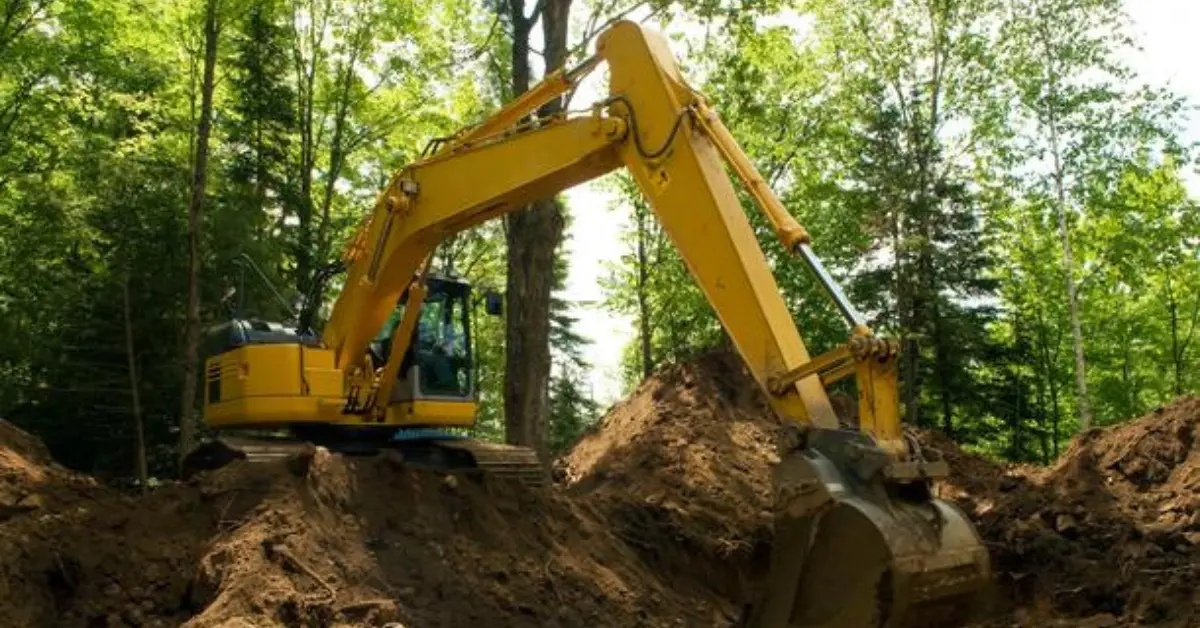
Contractors use fill dirt whenever they need to fill a hole or raise the grade of an area, ensuring it won’t shift significantly over time. For example, if you remove an in-ground pool or level a slope for construction, you’d backfill with fill dirt rather than loam or compost. The mixture of particle sizes in fill dirt gives it strength and compaction ability. Specially prepared structural fill soil is often used under foundations and roadways – this is high-quality fill dirt that has been tested or engineered to meet strict compaction standards for supporting heavy loads.
Screened vs Unscreened Fill Dirt: Key Differences
Dirt screening is the process of sifting excavated soil through mesh filters to remove large objects. In producing screened fill dirt, the fill is run through these screens (often with an aperture of about 3/4 inch) so that rocks, chunks of hardened soil, roots, and other debris are filtered out. The result is a pile of fill dirt made up of relatively fine, uniform particles. Screened fill dirt is essentially “clean” fill that spreads easily and compacts evenly due to its consistent texture.
Unscreened fill dirt, by contrast, is fill dirt in its raw form as it came from the ground. It contains the full range of particle sizes present at the excavation site – from fine grains of soil to gravel, stones, or clods of clay. Because it isn’t processed, unscreened fill can be quite heterogeneous. One load of unscreened fill might include everything from small pebbles to fist-sized rocks or larger. There may also be minor organic remnants (like small roots) mixed in, since nothing is removed by screening. The practical implications of these differences are significant. Screened fill offers more predictability: it pours and packs down smoothly without surprise large chunks to disrupt the grade. Unscreened fill, on the other hand, might require more effort to level and compact if it contains big clumps or debris. Screened fill dirt consists solely of small particles with no large rocks or debris, giving it a smoother, more workable texture, while unscreened fill dirt includes materials of all sizes.
Benefits of Using Screened Fill Dirt
Without random large rocks or air pockets in the soil, water cannot easily seep in and cause unexpected settling; the tightly packed, uniform fill creates a stronger, more reliable foundation. Structures built on screened fill dirt are less likely to shift or crack over time because the ground underneath remains even and compacted. Another benefit is the ease of working with screened fill. Its consistent texture means you can spread and grade it with minimal effort – there are no big clods to break apart and no surprise debris to fish out while you work. This makes achieving a precise level or slope simpler. Contractors also find that it’s more predictable to estimate how much screened fill dirt is needed, since you're not accounting for voids left by large rocks. Additionally, screened fill tends to be "cleaner" fill. The screening process naturally removes things like old construction scraps, large roots, or other unwanted materials. The result is a cleaner soil that’s safer for use around homes, gardens, and other sensitive environments. If you have children playing in the yard or you’re filling soil for a future lawn, using screened fill dirt gives peace of mind that you’re starting with a quality, contaminant-free base.
Ideal Uses for Unscreened Fill Dirt
The biggest reason to use unscreened fill is typically the cost. It’s much cheaper than screened fill for large volumes. But beyond budget, there are many situations where the rough nature of unscreened dirt isn’t a problem. If you’re filling a large expanse of land or a deep hole where precision isn't critical, unscreened fill works perfectly well. For example, contractors often use unscreened fill to backfill foundations, utility trenches, or old swimming pools. In these cases, as long as the fill is compacted in layers, it will provide the necessary support. Using unscreened dirt for backfill around pipelines or to fill low-lying areas is usually sufficient and very cost-effective. The material will settle and compress naturally in place over time, and any small voids between larger chunks can be filled in with finer soil later if needed.
Unscreened fill dirt is also common for preliminary grading and landscaping work. If you need to raise the ground level by several feet or build up an embankment or berm, it makes sense to use unscreened fill for the bulk of that volume. The larger pieces in unscreened fill can help give structural bulk on big fill projects, interlocking under compaction to form a solid mass. Often, the approach is to do the heavy lifting with unscreened fill, then add a top layer of quality screened soil or topsoil to finalize the grade and provide a smooth surface.
Types of Fill Dirt in Construction
Not all fill dirt is simply “screened or unscreened” – there are also different grades and categories used in the construction industry. Broadly, construction fill dirt types can be divided into:
- Common fill dirt refers to the general subsoil material that is excavated from the ground and used as-is. This is typically unscreened fill. Common fill is the cheapest and is used for basic earth-filling needs where high compaction strength or purity isn’t critical. It may contain various particle sizes and a bit of debris (as long as nothing toxic), and it’s often obtained from construction sites or borrow pits with minimal processing.
- Select fill dirt is a higher-grade fill chosen for its quality and consistency. Select fill is usually a specific blend of clay, sand, and sometimes gravel that has been screened and often tested to meet specific engineering requirements. It’s used when the fill needs to support structures without shifting – for example, as the base for building pads and roads. A good select fill dirt compacts very well and has low compressibility. In many cases, a geotechnical engineer will specify select fill for projects like slab foundations. Because of the extra steps involved in sourcing and verifying it, select fill dirt tends to be more expensive than run-of-the-mill fill.
- Clean fill dirt is another term you might hear. “Clean” fill means the dirt is free of contaminants and harmful materials. Unlike select fill, which is about physical properties, clean fill is about environmental quality. Clean fill dirt typically has been screened to remove trash, organic matter, and any hazardous substances. Some jurisdictions require certified clean fill for certain projects. Clean fill may not be as strictly graded for particle size as select fill, but it’s guaranteed not to contain materials such as chemicals, metal, wood, or other debris.
You should match the fill dirt type to your project’s needs: if you need maximum stability, opt for select/structural fill; if you just require bulk dirt and quality isn’t crucial, standard fill will suffice; and if there’s any risk of contamination issues, insist on clean fill dirt.
Choosing the Right Fill Dirt for Your Project
Proper fill dirt selection comes down to evaluating your project’s requirements across a few key factors:
- Project purpose and load: What are you trying to accomplish with the fill? If the fill will support a structure or needs to be compacted to a high density, err on the side of better-quality fill. If it’s for a non-structural use like filling a garden or shaping terrain, standard unscreened fill is usually fine.
- Scale of the job and budget: How much fill do you need, and what can you afford? Large volumes of dirt can get expensive if you opt for all screened material. For a big project, you might use unscreened fill for the bulk and reserve screened fill for the top layer or critical areas to balance performance with cost.
- Existing soil conditions: Consider the soil already at your site. If your native soil is extremely clay-heavy and poorly draining, you might choose a fill dirt with more sand or mixed composition to improve overall ground performance. Conversely, if your ground is very sandy and loose, fill dirt with some clay content can help bind it. The existing soil is simply removed or built upon, and matching properties are not as crucial as using a reliable fill.
- Local requirements or recommendations: Always check if there are any regulations or engineering specs for your fill. Some municipalities require the use of certified clean fill in certain situations, and structural projects may have compaction requirements that can only be met by select fill or structural fill. If an engineer or inspector has provided guidelines, follow them. When in doubt, consult a geotechnical engineer or a reputable fill dirt supplier for advice.
By weighing the factors above, you can make an informed decision that ensures your project has adequate support without unnecessary costs.
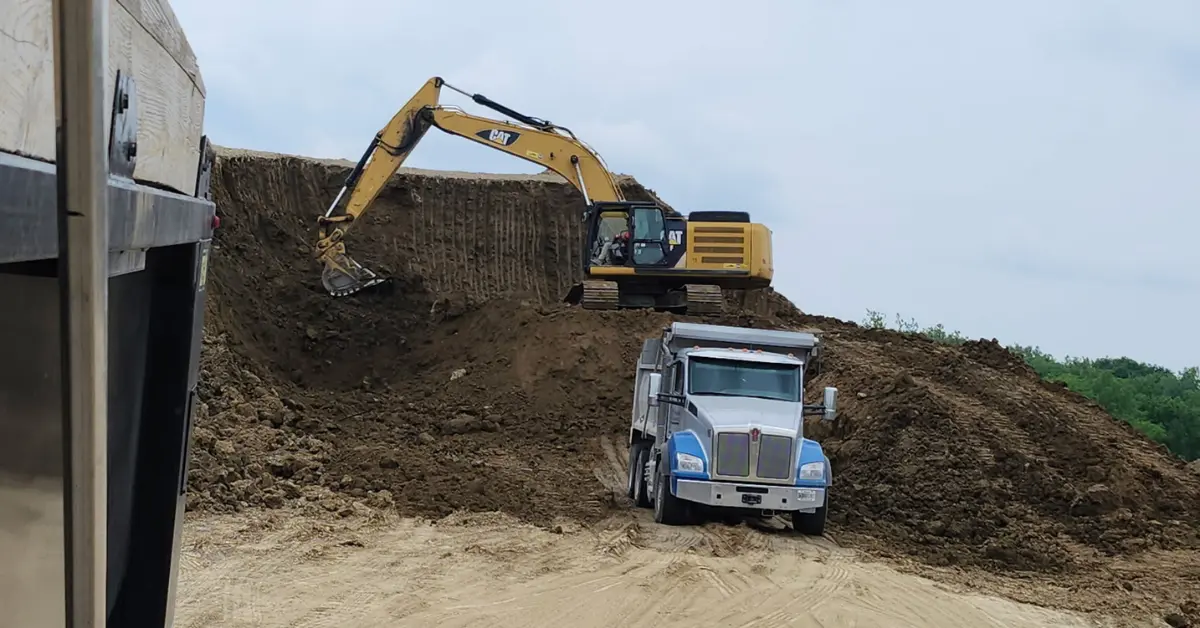
Sourcing and Delivery of Fill Dirt
After determining what kind of fill dirt you need, the next step is getting it to your site. There are several dirt delivery options available:
- Local suppliers: Most people obtain fill dirt through local landscaping supply companies, quarries, or earth material yards. These businesses stock fill dirt and have dump trucks to deliver it. You can usually order by the cubic yard or ton. Please specify the type of fill you want. Local suppliers are convenient because they often handle the hauling logistics for you. The shorter the distance the fill has to travel, the cheaper the delivery tends to be, so sourcing nearby is ideal.
- Online platforms and classifieds: In the modern age, you can find fill dirt online. SoilConnect is an example of a platform that connects contractors or individuals with excess dirt to those who need it. Such services can help you find fill dirt (both unscreened and screened) in your vicinity and arrange transportation. Sometimes you can even get fill dirt for free from excavation projects via these networks. Always check the description. If someone is giving away fill, ensure it’s the type you need.
- Contractor or construction site: If you’re working with a construction contractor, they often handle procuring and delivering fill dirt as part of the project. Contractors may have preferred fill dirt sources or leftover dirt from other jobs. This can be convenient because they will likely also spread and compact it for you. Even if you’re DIY-ing a project, you might reach out to local excavation contractors, who sometimes look to offload fill dirt from jobs and would deliver it to you for a nominal fee if it saves them disposal costs.
Regardless of the route you choose, coordinate the delivery details in advance. Dirt delivery companies typically use large dump trucks, so ensure there’s clear access to your property for the truck to maneuver. Decide where you want the dirt dumped. If you need the soil placed in a specific spot beyond the reach of the truck, additional equipment may be needed. A dedicated screened dirt delivery service or supplier may require advance notice, as screened fill can be made to order or not kept in as large a stockpile as standard fill.
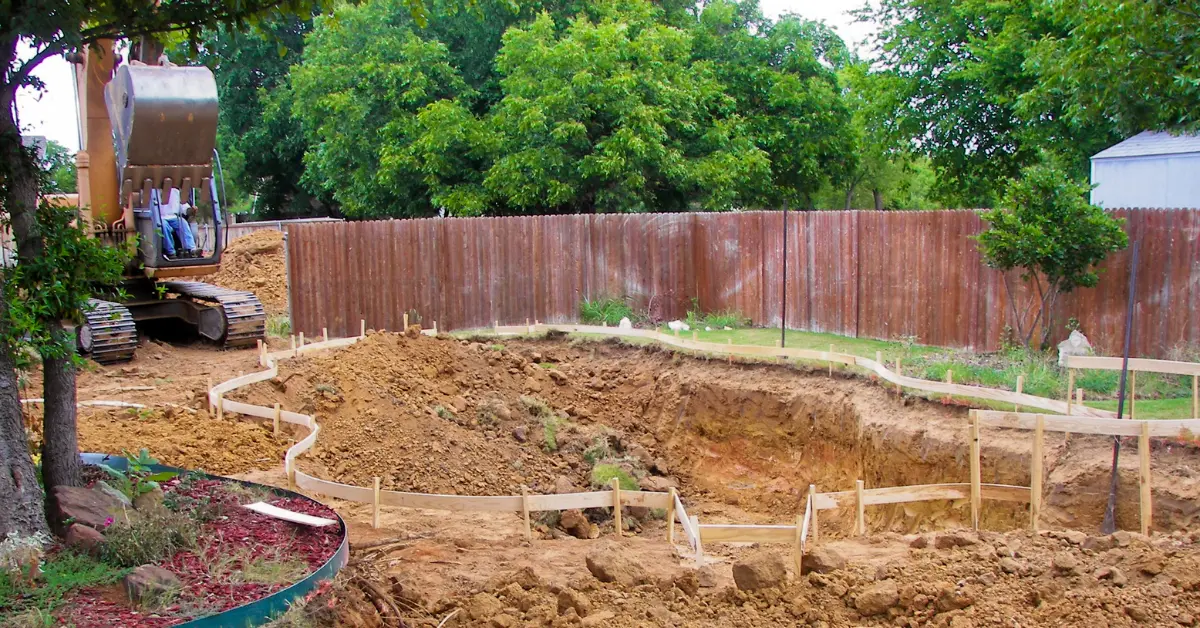
The decision between screened and unscreened fill dirt depends on the specific needs of your project. Both types of fill dirt have their roles. Screened fill dirt provides peace of mind with its consistency and reliability, making it ideal for situations where you need a stable, uniform base or are aiming for a high-quality finish. Unscreened fill dirt, on the other hand, is the workhorse for large-scale filling and budget-conscious jobs. It will effectively fill the volume, as long as you don’t mind a bit of variability. By understanding the differences, you can make an informed decision about which fill dirt to use.
Sources
- Benefits of Screened vs Unscreened Fill Dirt – All Seasons Supply – allseasonssupply.com
- Fill Dirt Cost & Delivery – HomeGuide (2025) – homeguide.com

.svg)






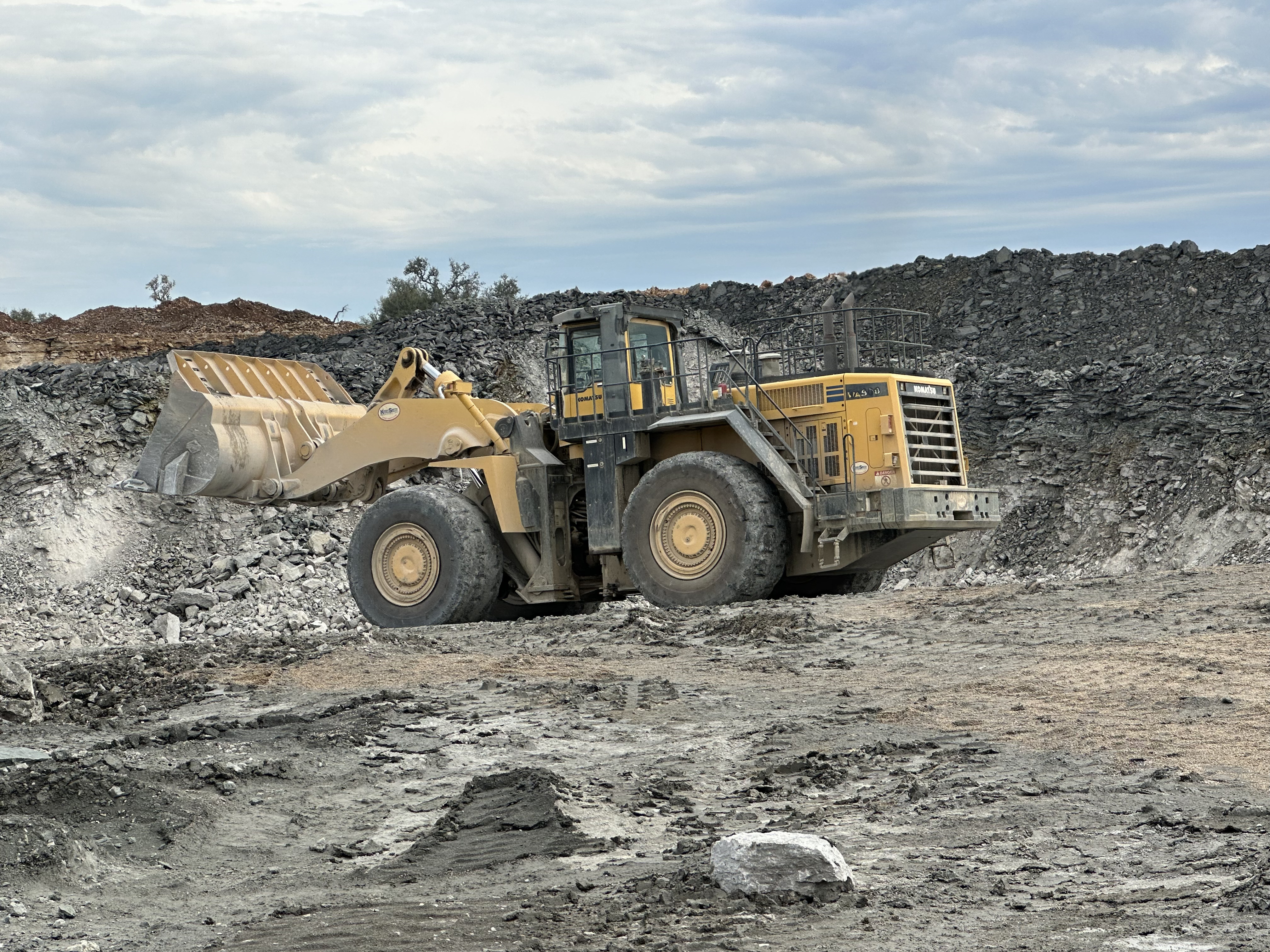



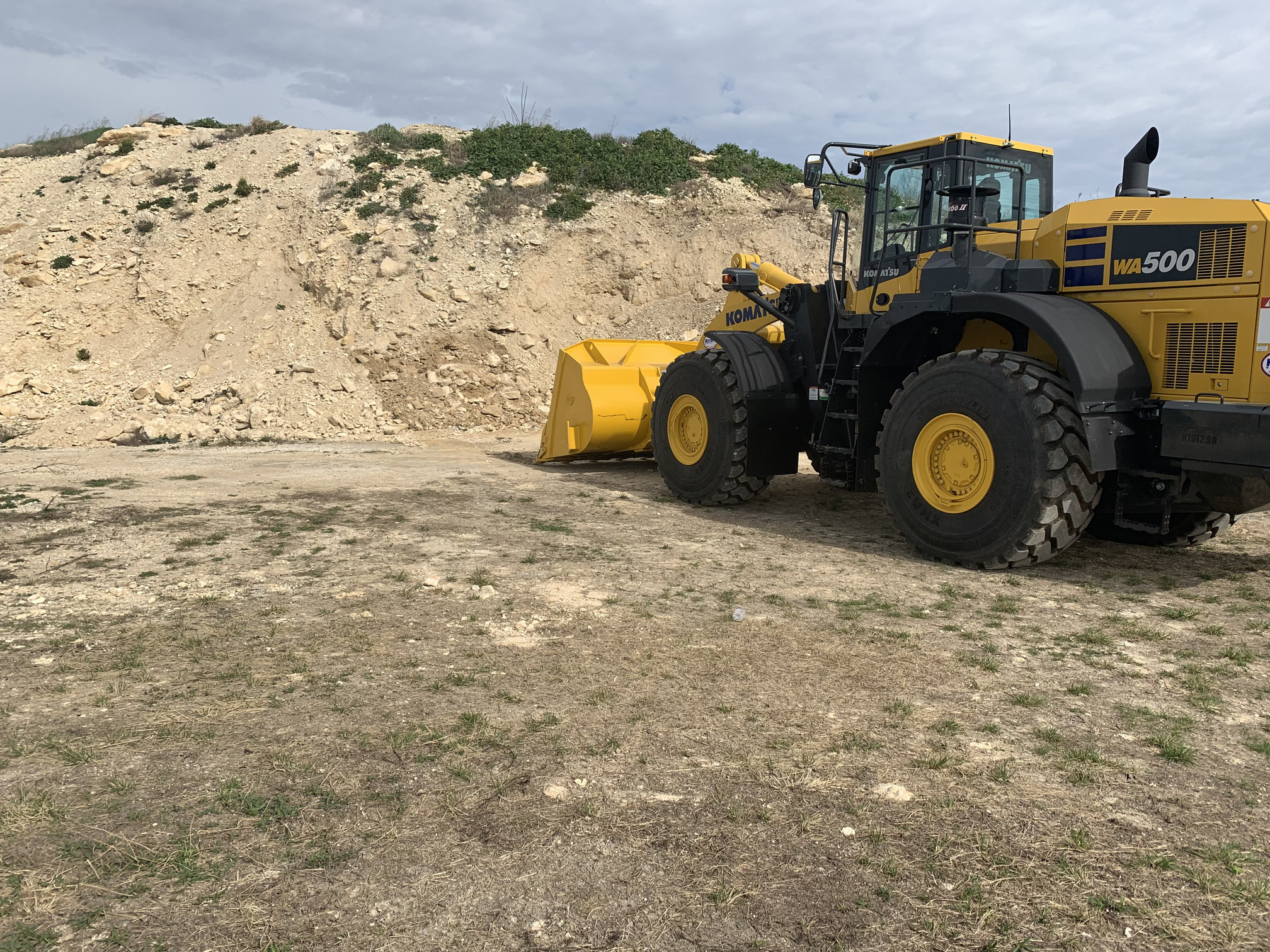
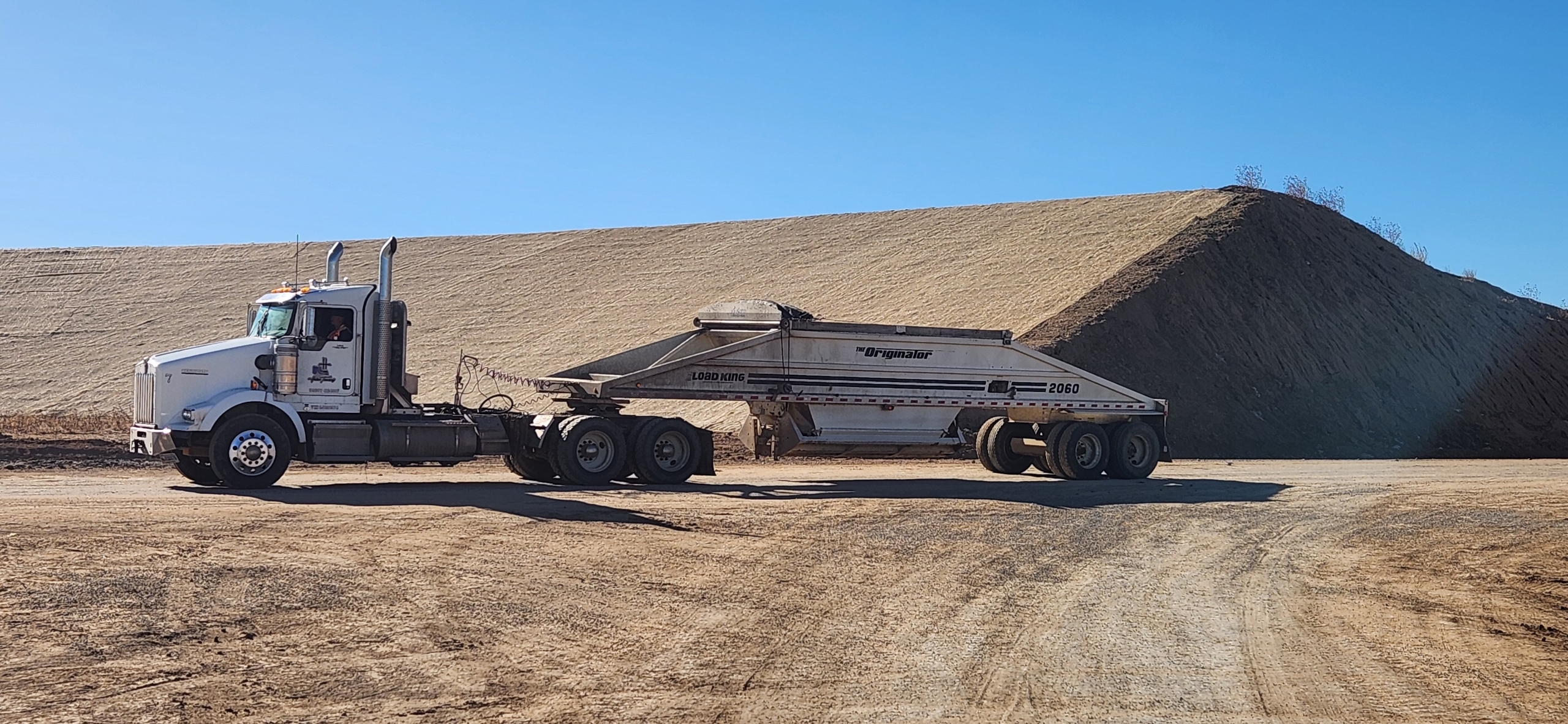
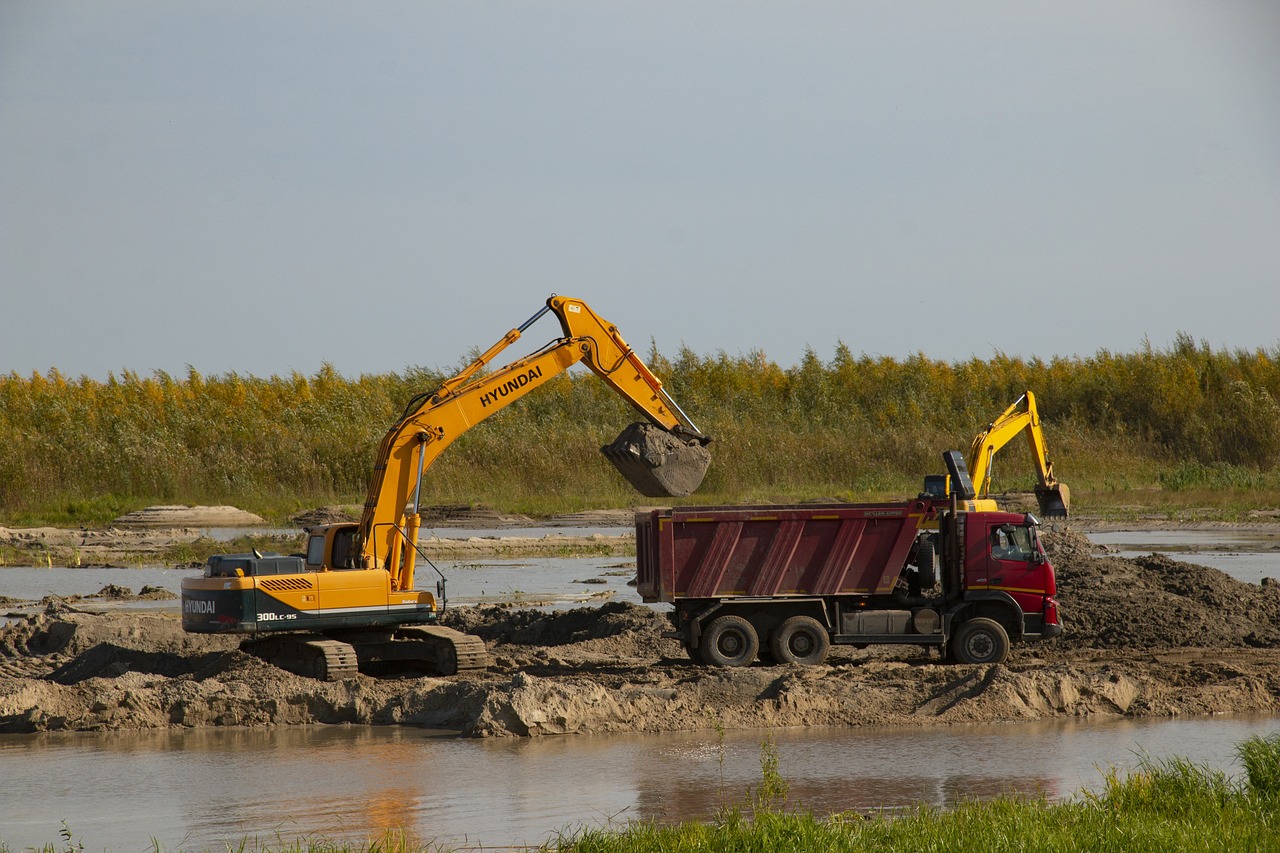

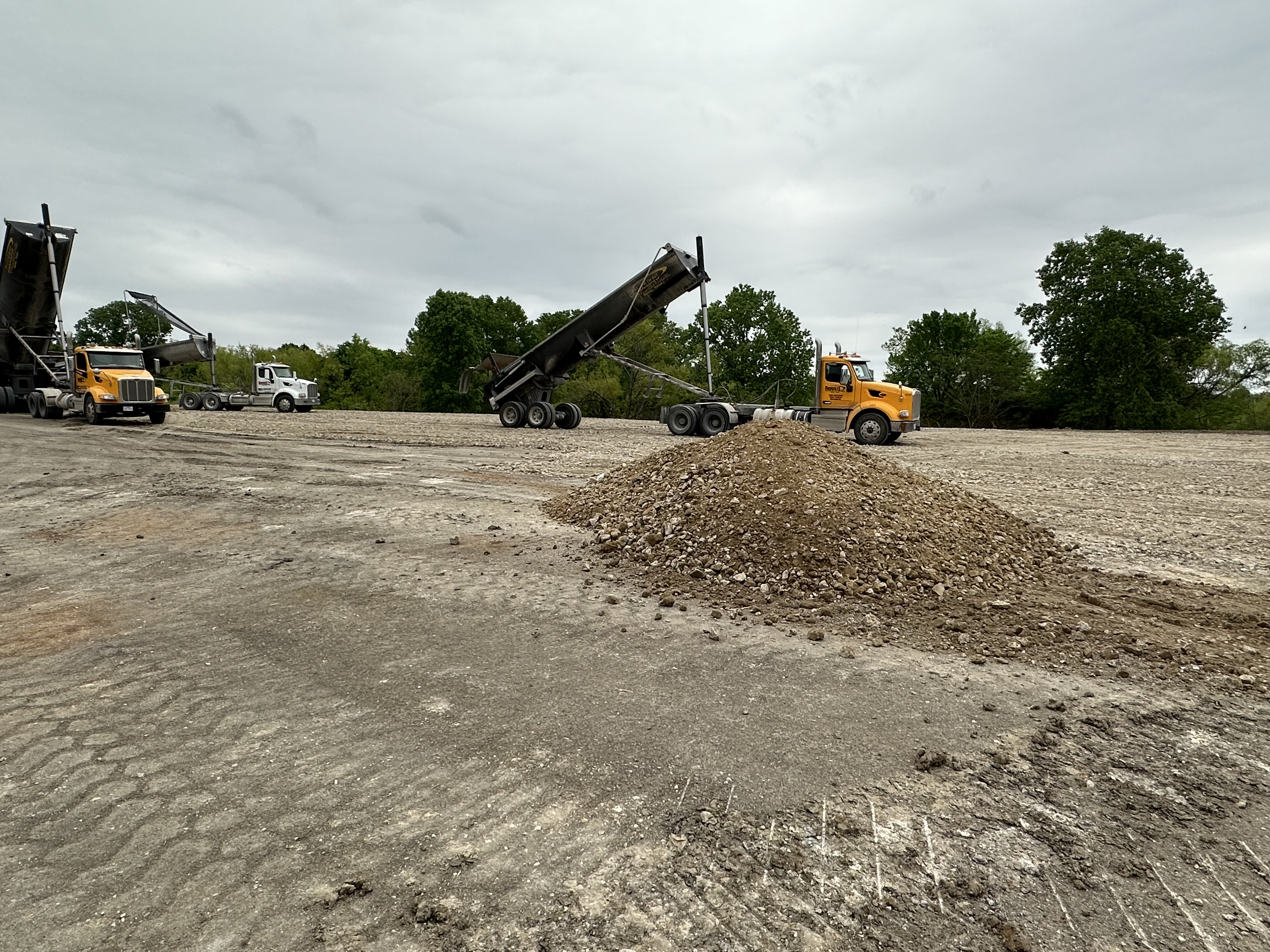

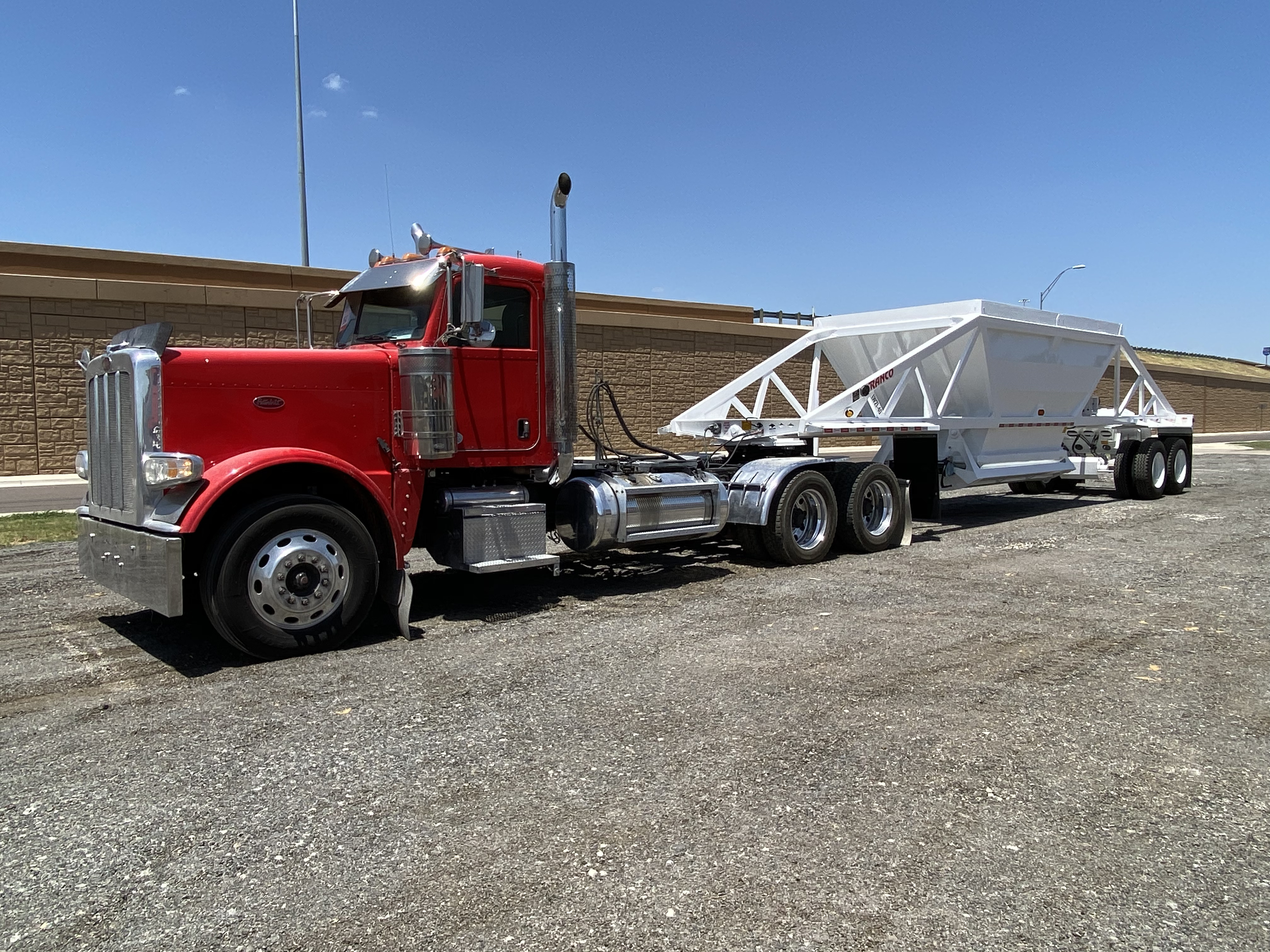
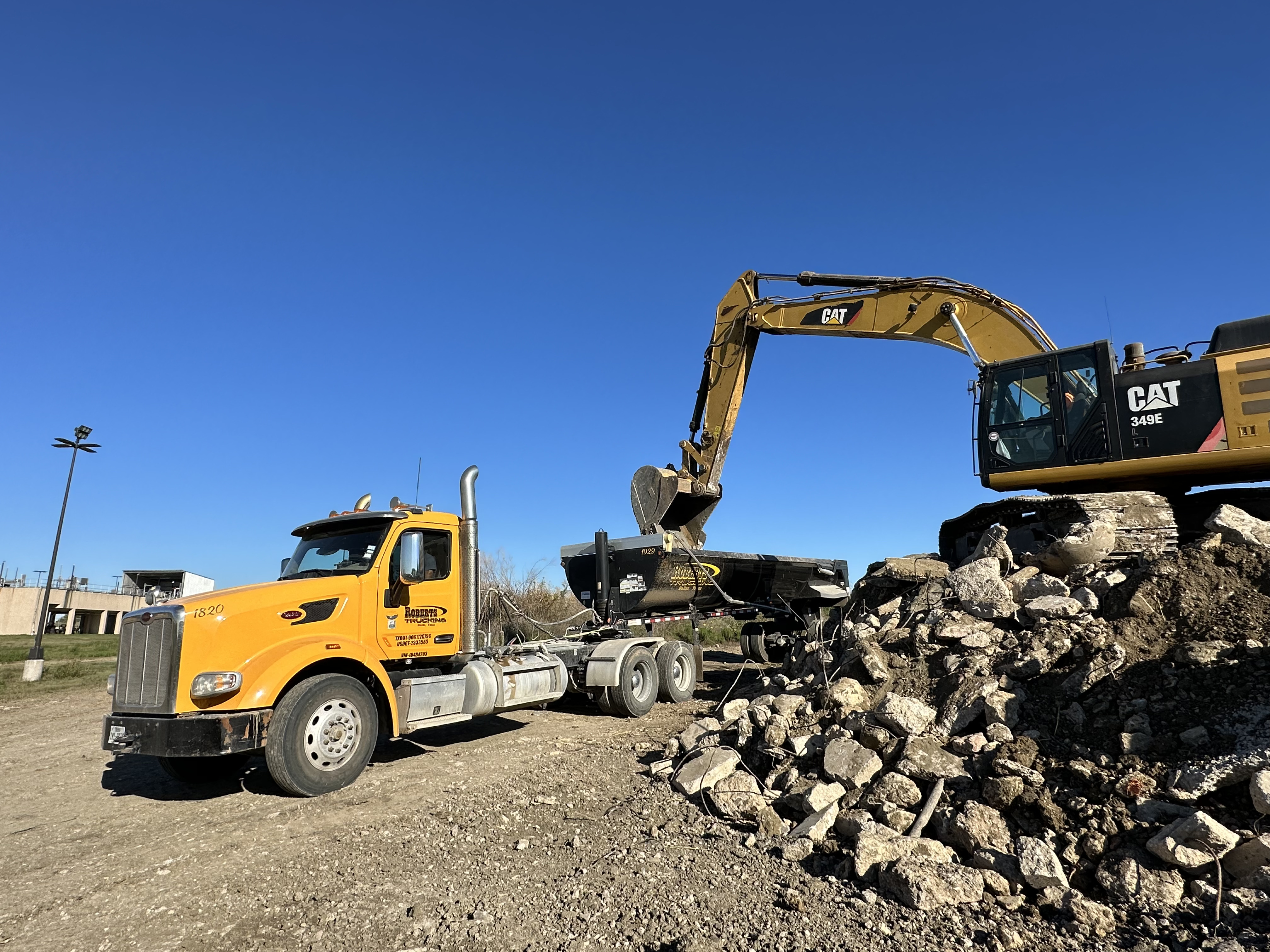
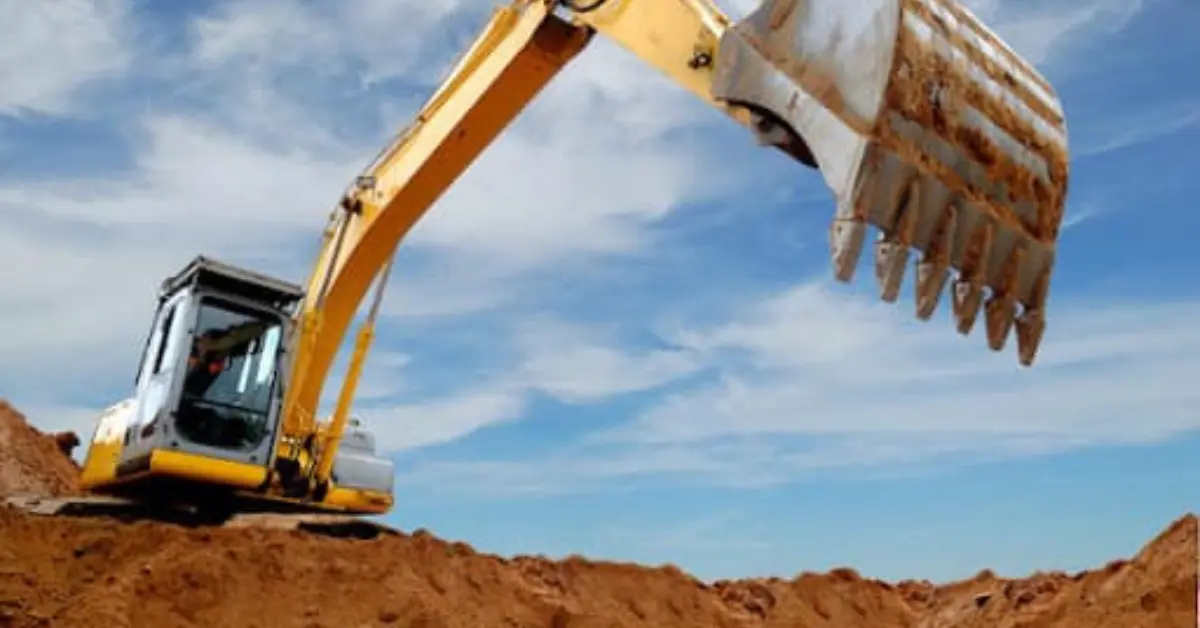
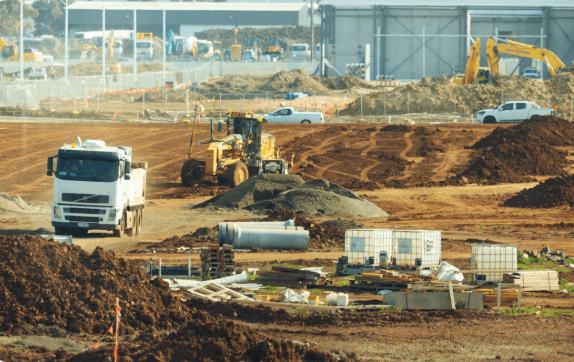

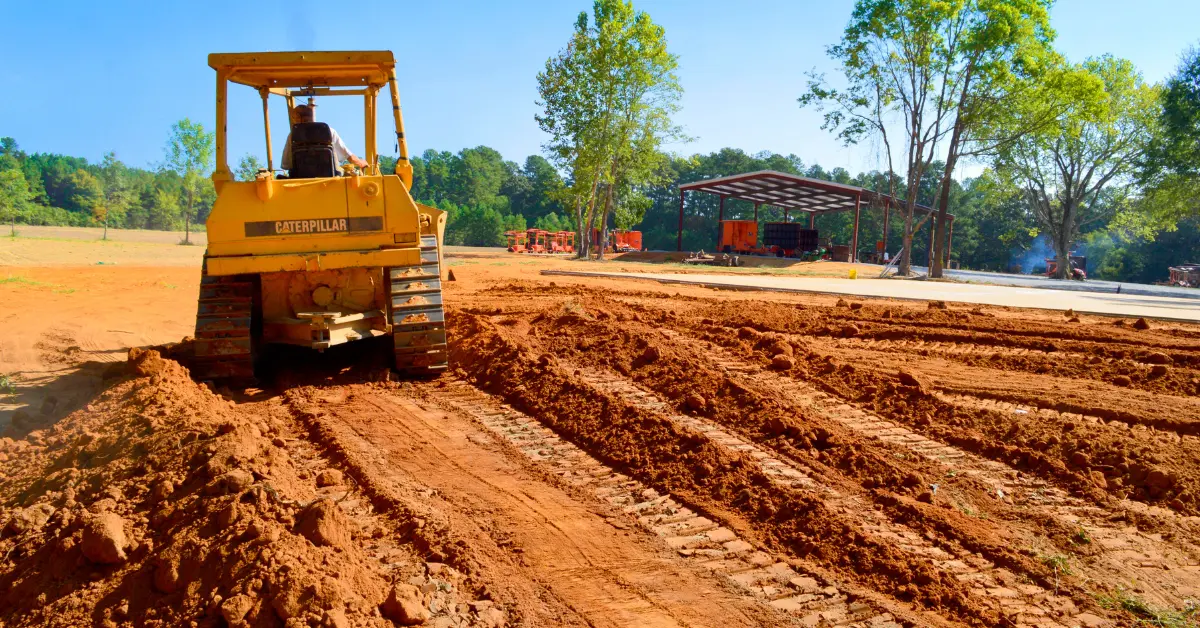
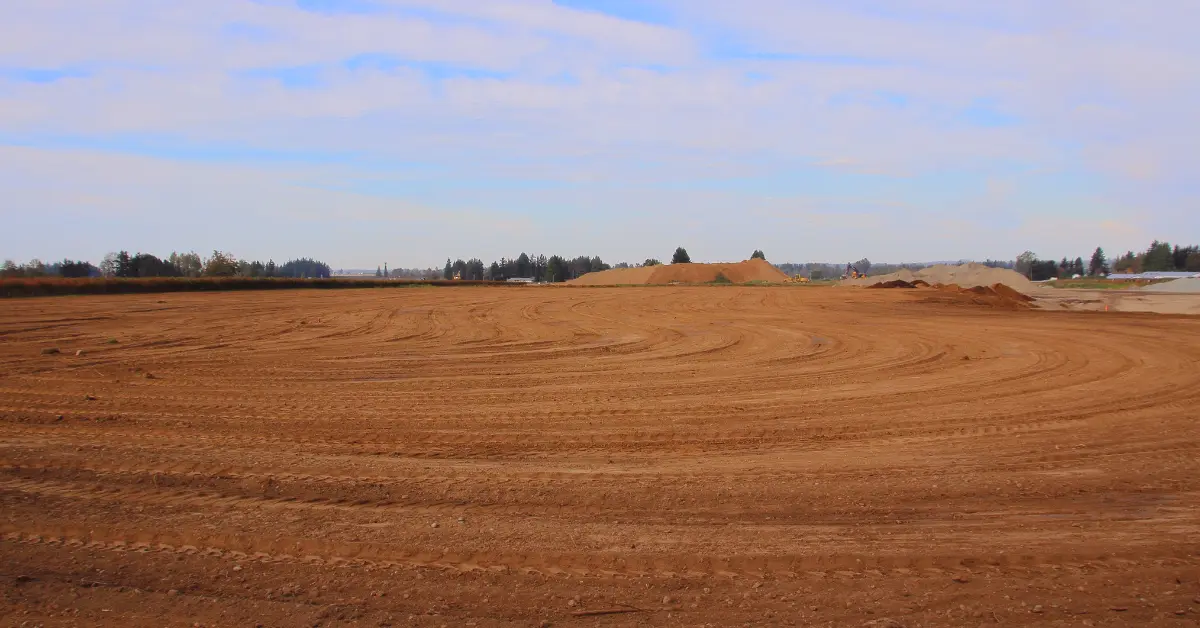



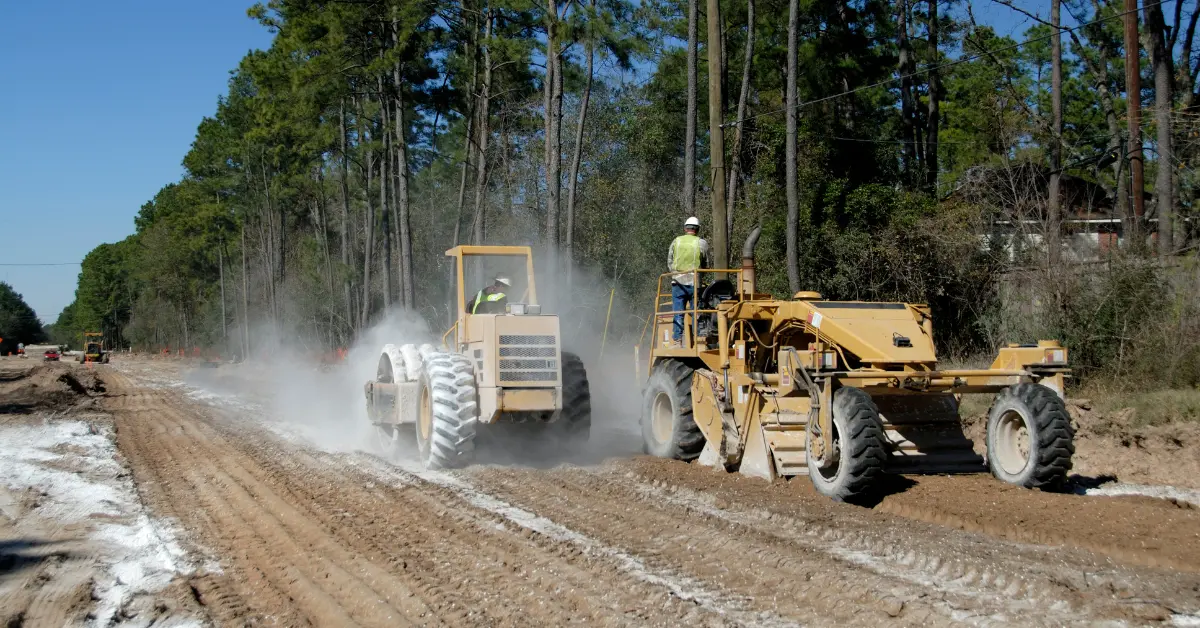




.jpg)

